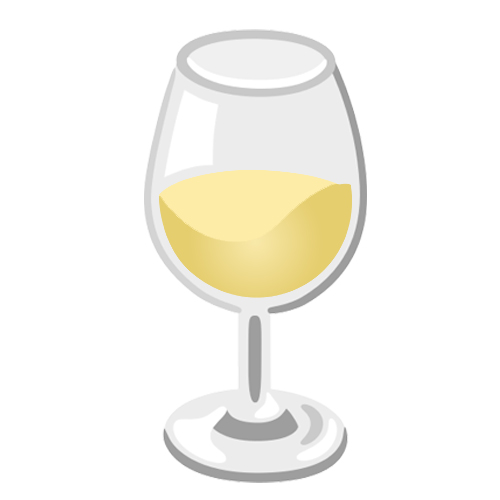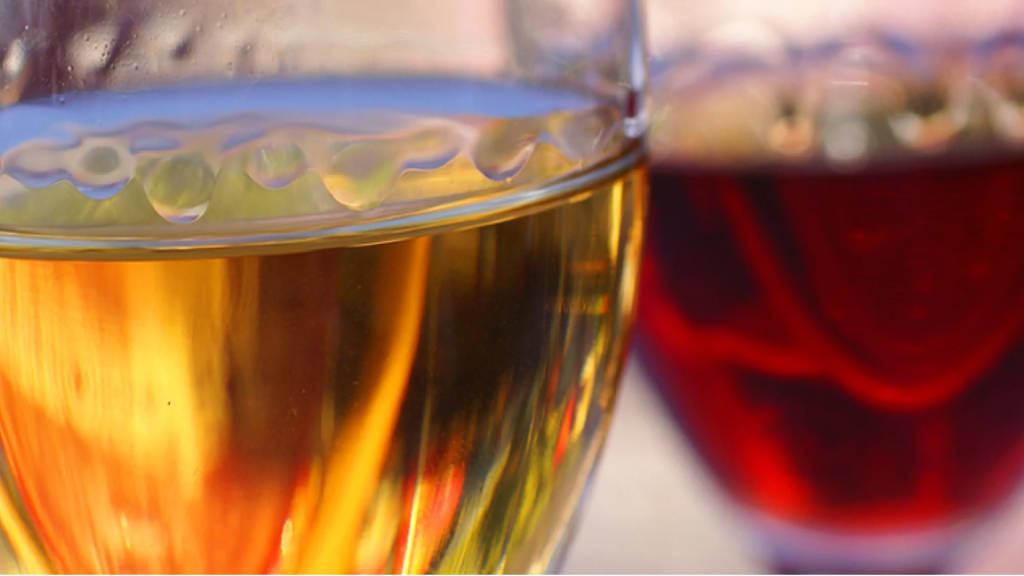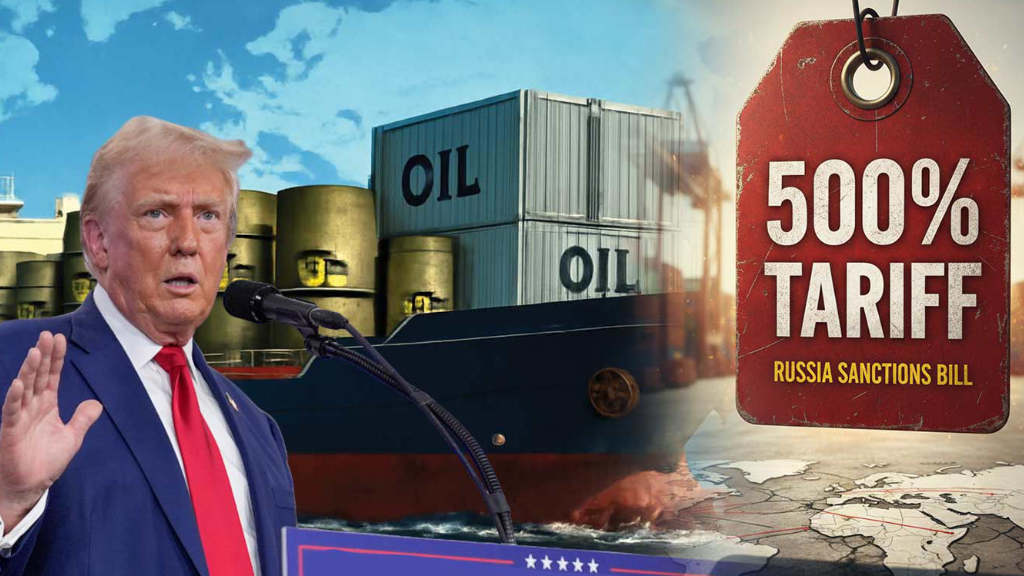Consumer interest in Russian wine is rising amid systematic operations to develop the industry and improve product quality, according to the Russian Agriculture Ministry, which stated that “Over 60% of wine on store shelves and in restaurants is now domestically produced, with Russian consumers increasingly choosing Russian wine.”
Wine production in Russia is also growing, with output of sparkling wine jumping 15.8% year-on-year to 8.7 million decaliters (dal) and still wine 12.6% to 20.9 million dal in the first seven months of 2025.
The ministry added that “developing viticulture, including through the sustainable expansion of vineyard areas, is facilitating growth in production. Vineyards currently occupy over 110,000 hectares, of which 86,400 hectares are of fruit-bearing age. There are plans to plant another 6,000 hectares of new vineyards this year. Most of these are in the Krasnodar and Crimea regions (on the Black Sea) as well as Dagestan and Chechnya (North Caucasus). Winegrowers are also beginning to work more actively with indigenous varieties, many unique to Russia. Russian wine tourism is also actively developing in tandem with production, with 800,000 tourists visiting Russian wineries in 2024 and over 900,000 tourists expected in 2025.”
Preliminary estimates indicate that Russia’s overall grape harvest should total about 900,000 tonnes this year.
Winemaking in Russia dates back to Roman times, and possibly earlier, with ancient terracotta amphorae being discovered off what is now the Russian Black Sea coast. Sparkling wine production dates back to the Imperial Times.
Vivino rates the top three Russian wines in the following categories as below:
RED

White

- Golubitskoe Estate – Villa Romanov Reserve Chardonnay
- Vedernikov Winery – Sibirkovy
- Crimea Gold Reisling
Sparkling

Further Reading
How Russia Is Repositioning Its Wine Industry To Boost BRICS and Domestic Production





